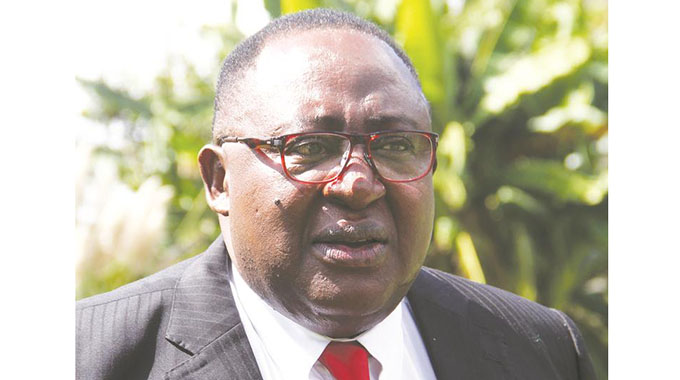Interbank forex market trades US$154 million since inception

Oliver Kazunga, Senior Business Reporter
THE interbank forex market has handled more than US$154 million worth of transactions since its introduction in February this year, a senior Reserve Bank of Zimbabwe (RBZ) official has said.
Speaking during an exporters’ breakfast meeting organised by ZimTrade in Bulawayo last Friday, RBZ director for exchange control, Mr Farai Masendu said the market has responded positively to the interbank market.
“As from the 22nd of February, the interbank has handled US$154,7 million and cumulative interbank sales have amounted to US$27 million.
“And these are development sales which amount to US$25,1 million involving companies US$22,2 million, NGOs and embassies have sold US$2,3 million, individuals have sold US$607 451. Compulsory sales to the interbank have amounted to US$1,9 million.
“So you can see that most of the interbank liquidity is really coming from voluntary sales, people are actually responding to the interbank positively,” he said.
The interbank facility was introduced by the central bank in response to lobbying by the private sector which demanded the platform to access forex on a formal and free market system.
The measure was meant to bring sanity to the financial services sector while promoting exports, diaspora remittances and investments into the economy.
Mr Masendu said in terms of foreign payments from the interbank, the major ones have been on manufacturing equipment and inputs which amount to 39 percent of the US$154,7 million followed by management and technical services such as Information Communication Technology and consultancy which accounted to 18 percent.
Manufactured goods accounted for 17 percent; fuel and electricity, 13 percent; agriculture, three percent; education, five percent; mining and medical, two percent each while individuals importing their own requirements accounted for one percent.
Mr Masendu also spoke about export support measures and the ease of doing export business and the thresholds for exporters.
“As regards the export support measures, which have been put by the Reserve Bank, they are mainly contributing to the reduction in the cost of doing export business and also measures to improve the ease of transacting across the borders, facilitation of the international foreign payments for exporters as well as export retention for exporters,” he said.
Mr Masendu said the RBZ has also introduced a 24/7 system of processing applications where an officer can process the documentation even when outside the office through ICT.
“We are doing this also to improve the ease of export business and we also intend to link major exporters to the system,” he said.
On export retention levels, he said tobacco and cotton merchants who finance the production of the commodities retain 80 percent; horticulture, 80 percent; transport and other services including tourism, 80 percent; gold producers, 55 percent and other minerals 50 percent.
“And you wonder why gold and other minerals are below 80 percent, it’s because minerals are non-renewable resources and as a nation everyone wants to benefit from mineral exports. So what the Reserve Bank is doing is actually getting some of the proceeds from mineral exports to actually finance the importation of electricity and fuel,” said Mr Masendu. —@okazunga











Comments